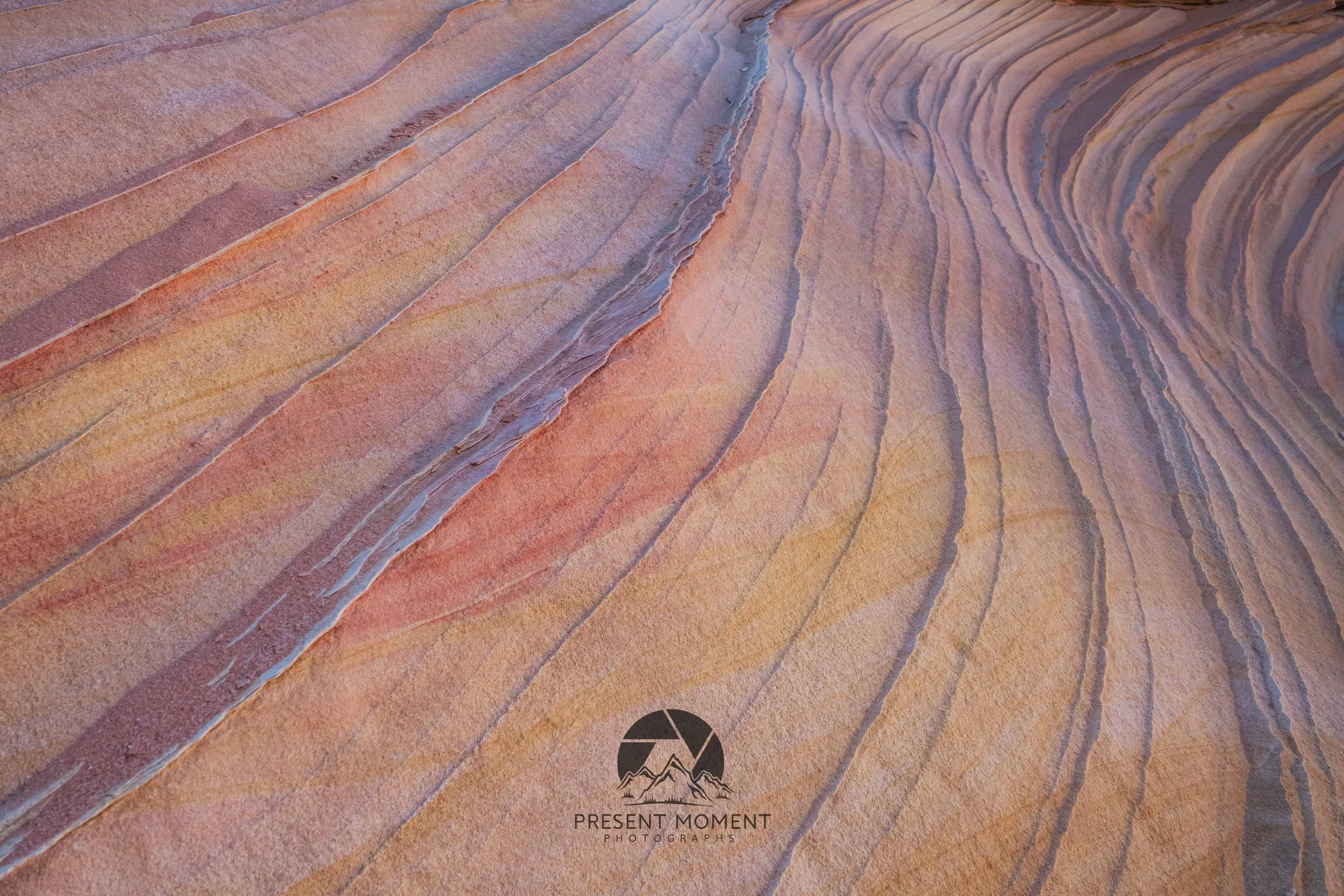7 Tips for Abstract Landscape Photography | Photographing Textures
Tip 1: Embrace A Shallow Depth of Field
When photographing textures up close, employ a wide aperture like f/2.8 or f/4 to create a very shallow depth of field. This will render the main textured surface tack-sharp while throwing the surroundings out of focus, emphasizing the abstract quality of the texture itself.
Tip 2: Get Low for Unique Perspectives
Don't just shoot textures from standing height - get low to the ground and explore fresh angles and viewpoints. Shooting across textured surfaces like sand, rock, or tree bark can produce extremely abstract photographs.
Tip 3: Use a Telephoto Lens
Telephoto lenses compress perspective, flattening out textures into two-dimensional planes that highlight pattern, form, and tone. A 70-200mm or even longer focal length isolates textures into almost tapestry-like renders.
Tip 4: Look for Repeating Patterns
Our eyes are drawn to patterns - repetitive shapes, lines, or forms that create visual rhythm and flow. Seek out textured surfaces that incorporate strong repeated elements into geometric, organic, or free-flowing patterns. An example of this could be a bunch of Aspen trees lined up next to one another or swirls in desert rocks.
Tip 5: Manipulate Natural Light
The angle, quality, and intensity of light drastically impacts how textures are captured. Side lighting enhances dimensionality, while backlighting can create a bright, ethereal glow around edges. Experiment photographing at different times of the day to play with light.
Tip 6: Make Your Photograph Black & White
Removing the visual dimension of color can make textures and their tonal variations pop even more. Try converting your textured shots to black and white during post-processing to simplify and emphasize form. If you don’t like how an image looks in black & white you can always change it back!
Tip 7: Frame With Intention
How you choose to frame up a textured subject within the overall composition impacts its visual weight. A centered, symmetric composition can look very modern, while off-centered framing with open space can create a abstract look to a photograph.
Photograph taken in The Vermillion Cliffs, Arizona



